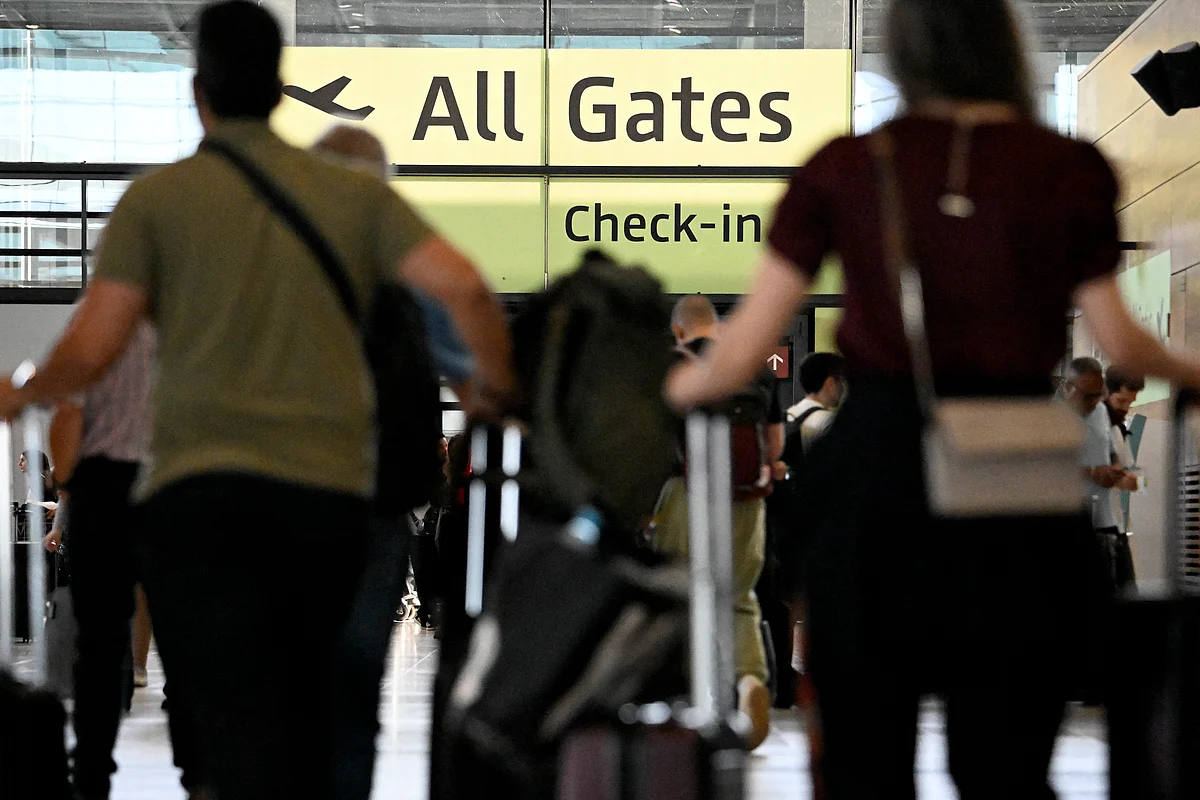
Cyberattack On European Airports: How Hackers Target 'Fragile Jenga Tower Of Code'
A cybersecurity researcher and analyst said that the likelihood of system disruptions at airports is growing, driven by an increase in digitalisation of airport operations, among other reasons.
This comes after several European airports were hit with cyberattacks , causing flight delays and cancellations. On Saturday and Sunday, Heathrow Airport and Brussels Airport's check-in systems, provided by American aviation and defence technology company Collins Aerospace, were disrupted, affecting several airlines, including the Abu Dhabi-based carrier Etihad .
Recommended For YouAlthough the attackers have not yet been identified, the BBC reported that“malicious software was used to scramble automatic check-in systems.”
Stay up to date with the latest news. Follow KT on WhatsApp Channels.
Maher Yamout, lead security researcher at META Kasperskylab, told Khaleej Times, that the likelihood of these kinds of attacks“is growing.”
“Increasing digitalisation of airport operations, reliance on shared service providers, and the complex interconnectivities expand the attack surface, which in turn gives cybercriminals more opportunities.”
Weakest link
“Attackers often look for the weakest link, which is frequently third-party suppliers or interconnected IT systems rather than the airport's core network itself,” said Yamout. In cybersecurity and information security, the weakest link usually refers to humans, who are naturally prone to mistakes.
Also, the fact that airports have complex infrastructures with many different firms creates more potential entry points.
Airports' security systems have to be fully protected, because even one entry way could prove disastrous, leaving behind an entrance for malicious hackers to exploit vulnerabilities.
Jenga tower of code
“Our critical IT infrastructure is often a fragile Jenga tower of third-party code and suppliers,” Gavin Millard, Vice President of Product at Tenable, told Khaleej Times.“When you pull the wrong brick, widespread systemic chaos can follow.”
Millard said that if the airport system disruptions were a result of cyber-attacks, then it was likely an unpatched vulnerability, a misconfiguration, or an authentication weakness that allowed it to happen.
“Attackers need only one way in, while defenders must cover every angle. But this doesn't have to be the case,” he said. He mentioned that British Airways was less affected due to a robust backup system, noting how its resilient systems were due to proactive planning.
“We must move beyond firefighting and focus on fireproofing by identifying single points of failure, prioritising the exposures that matter most, and having strong response plans in place," he added.

Legal Disclaimer:
MENAFN provides the
information “as is” without warranty of any kind. We do not accept
any responsibility or liability for the accuracy, content, images,
videos, licenses, completeness, legality, or reliability of the information
contained in this article. If you have any complaints or copyright
issues related to this article, kindly contact the provider above.
















Comments
No comment